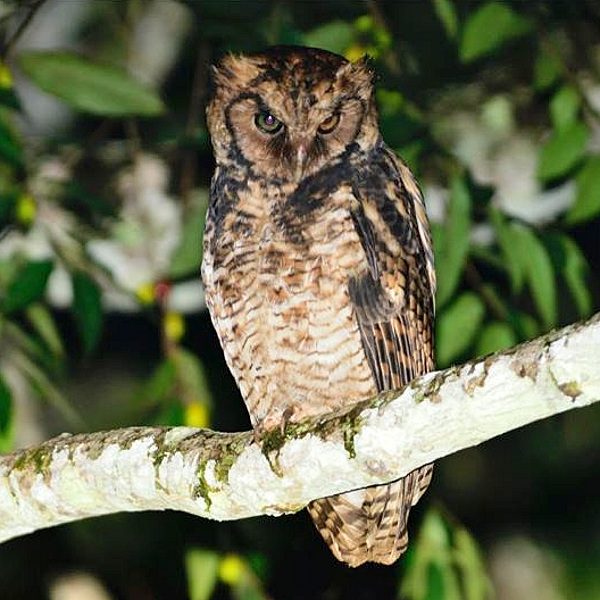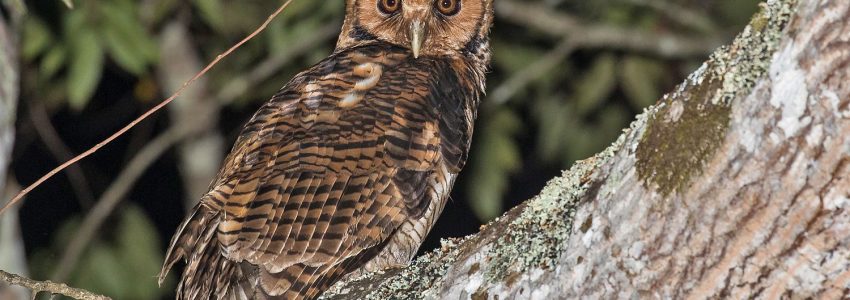If you enjoy birding, you know how important it is to see the native species in a country, in real life. Sometimes this means taking a tour, as a specific tour to see the Usambara Eagle Owl where it lives, especially when the endemic areas of the threatened species are not prolific.
We take a look today at some of the birding facts of the Usambara Eagle Owl, which is an endemic species to Northern Tanzania.
10 Facts about the Usambara Eagle Owl
1. The ‘East African Nduk eagle-owl‘ or ‘Vosseier’s eagle-owl‘ are other names for the Usambara Eagle Owl.
2. It is a native species to Tanzania.
3. The habitat for this owl is in the Usambara Mountains in the northeast. The Uluguru Mountains and Nguru Mountains have been listed as possible sighting areas recently.
4. The family group is Strigidae, and the Genus is Bubo.
5. The Usambara Eagle Owl is strongly built with powerful talons and recognised for its size. It has tawny brown upperparts which are heavily barred with darker brown and creamy white underparts. The Usambara Owl has brown blotches on the breast and irregular black bars on the belly.

6. The breeding season is November to February and the owl is likely to nest in tree holes. There are usually two chicks produced, but rarely three or four will be born.
7. The natural habitat for the Usambara Eagle Owl is between 900 and 1,500 m (3,000 and 4,900 ft) above sea level, in the montane and submontane forests.
8. Its diet seems to be exclusively small mammals, for example rodents, insectivores and possibly dwarf bushbabies.
9. This owl has prominent tawny brown tufted ears.
10. Due to habitat loss, the species is classified as threatened.
Now that you have the identifying characteristics and potential whereabouts of the Usambara Eagle Owl, you can safely say that when you visit its habitat, you will be able to identify it with ease.
If you want to have the opportunity to see this bird, why not take a look at our exciting Tanzanian Birding Safaris and get in touch with us to book your spot.

